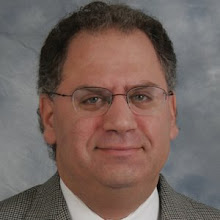Spinal cord stimulation (SCS) has been used for controlling intractable back and leg pain for more than 30 years. The SCS system stimulates the dorsal column of the spinal cord by tiny electrical impulses from small electrical wires placed on the spinal cord.
Spinal cord stimulation typically consists of one or two wires with a number of electrodes and a pulse generator or battery. The wire carries the electrical stimulation from the pulse generator or battery to the posterior column of the spinal cord.
Some believe that the stimulation blocks pain transmission through the spinal cord, while others believe there is activation of supraspinal pain inhibition, and still others think there is activation of neurotransmitters or neuromodulators that provide pain relief.
Pain relief from SCS varies therefore all patients considered for SCS must undergo a trial. The trial involves percutaneous placement of the wires with an external power source for five to seven days. The trial is considered successful if the patient reports good pain coverage, stimulation tolerance, pain relief, increased function, and improved sleep. The trial will determine whether or not the patient is a candidate for surgical implantation of a SCS system.
The advent of newer techniques such as retrograde wire placement have improved the efficacy of SCS in the treatment of limb and axial pain. Other applications have been successful in treating pelvic pain, bladder dysfunction, chronic angina pain and headaches.
Subscribe to:
Post Comments (Atom)

No comments:
Post a Comment